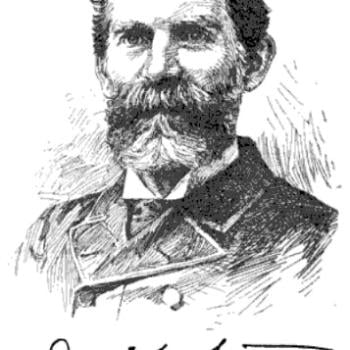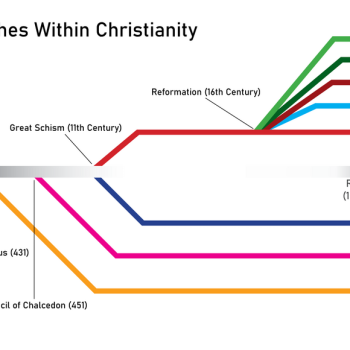Prof. John Pless, at our church’s Good Shepherd Seminar, drew on some other scholarship to point out that there are three different assumptions as to what worship should accomplish:
(1) Conversion. The purpose of worship is to convert non-believers. A more recent variation is motivation of believers. This developed from 19th century revivals, which eventually moved from the tent meetings outside the church to inside the sanctuaries.
(2) Celebration. The purpose of worship is to celebrate what God has done for us. The service should always be “upbeat.” This began in the Roman Catholic church with the worship reforms of Vatican II, but then began influencing some Protestant services.
(3) Consolation. The purpose of worship is to convey the forgiveness of sins, to strengthen the struggling, to comfort the troubled. This characterizes traditional Lutheran services.
Prof. Pless said that many contemporary services, such as those that characterize megachurches, combine the conversion and the celebration models. He cited one church growth advisor who said that services should not start with a confession of sins, since that is a “downer.”











